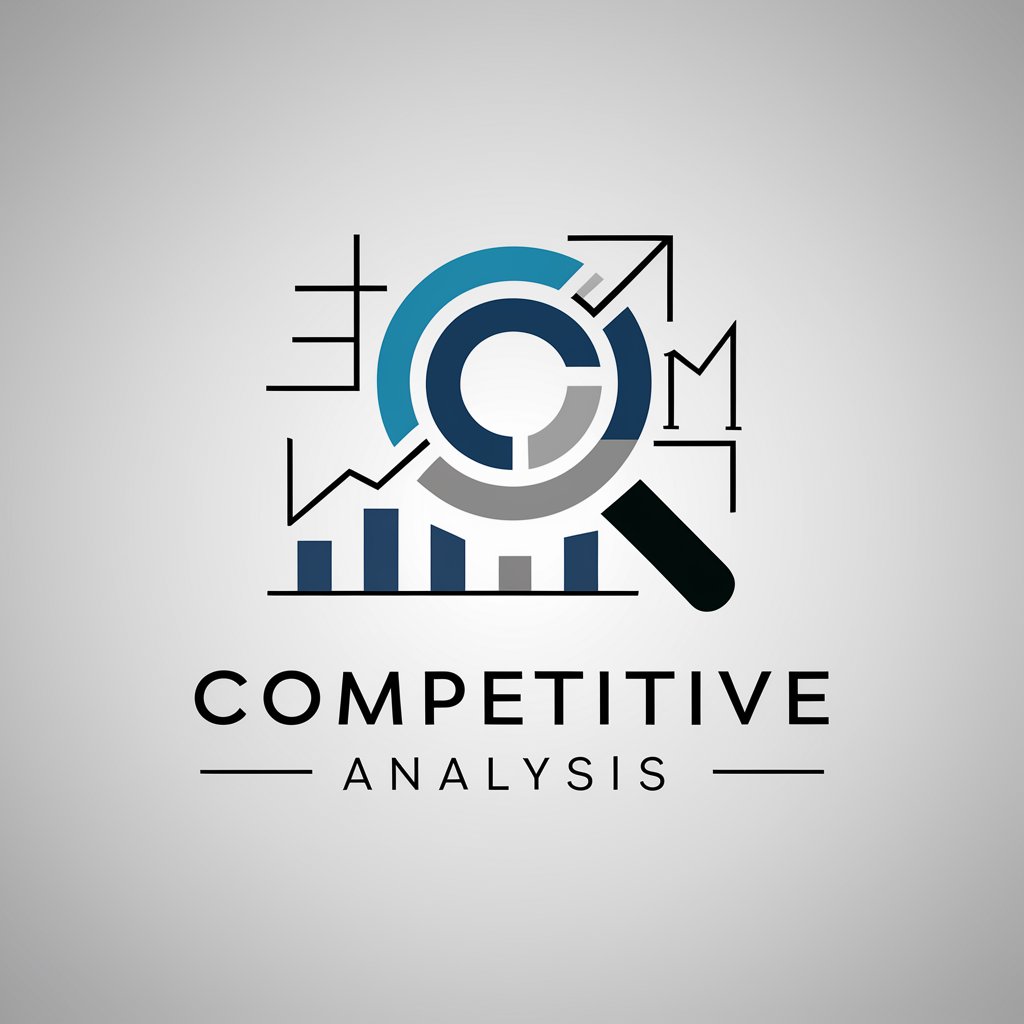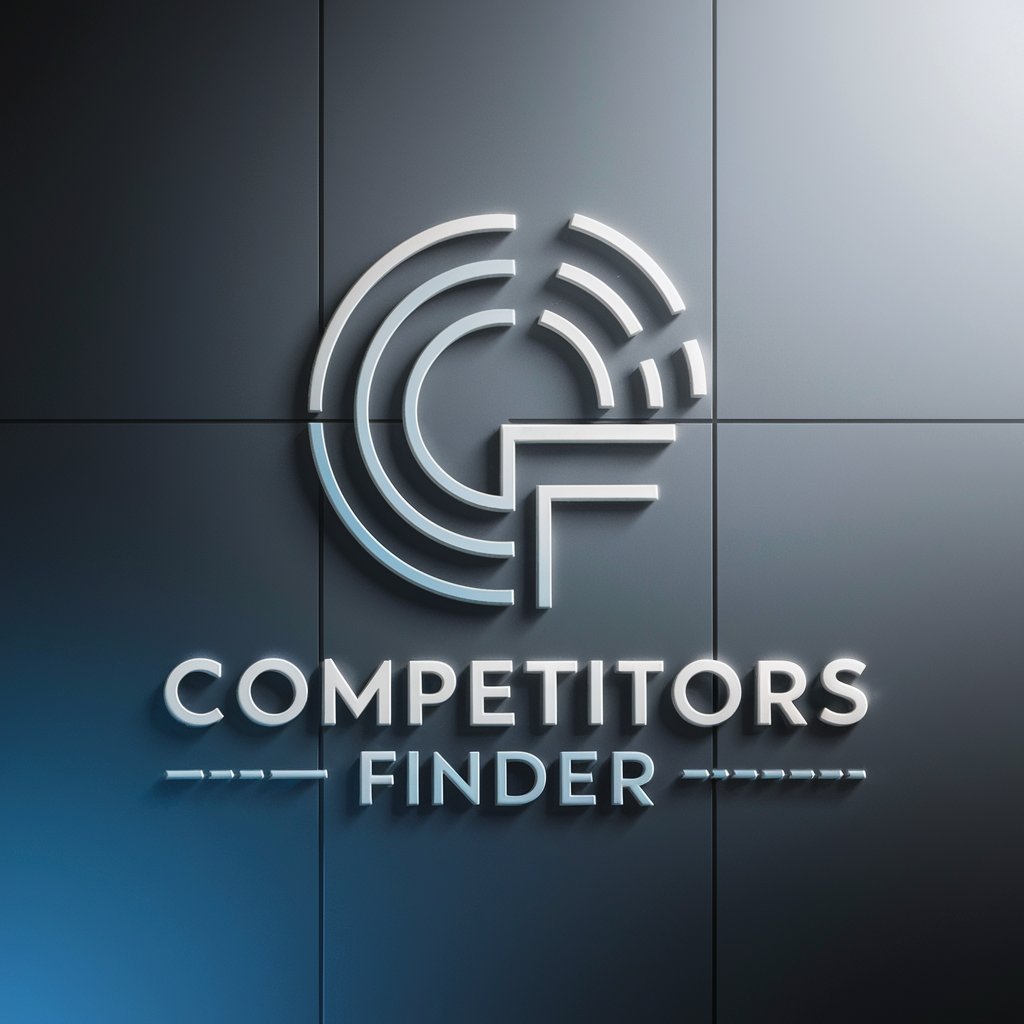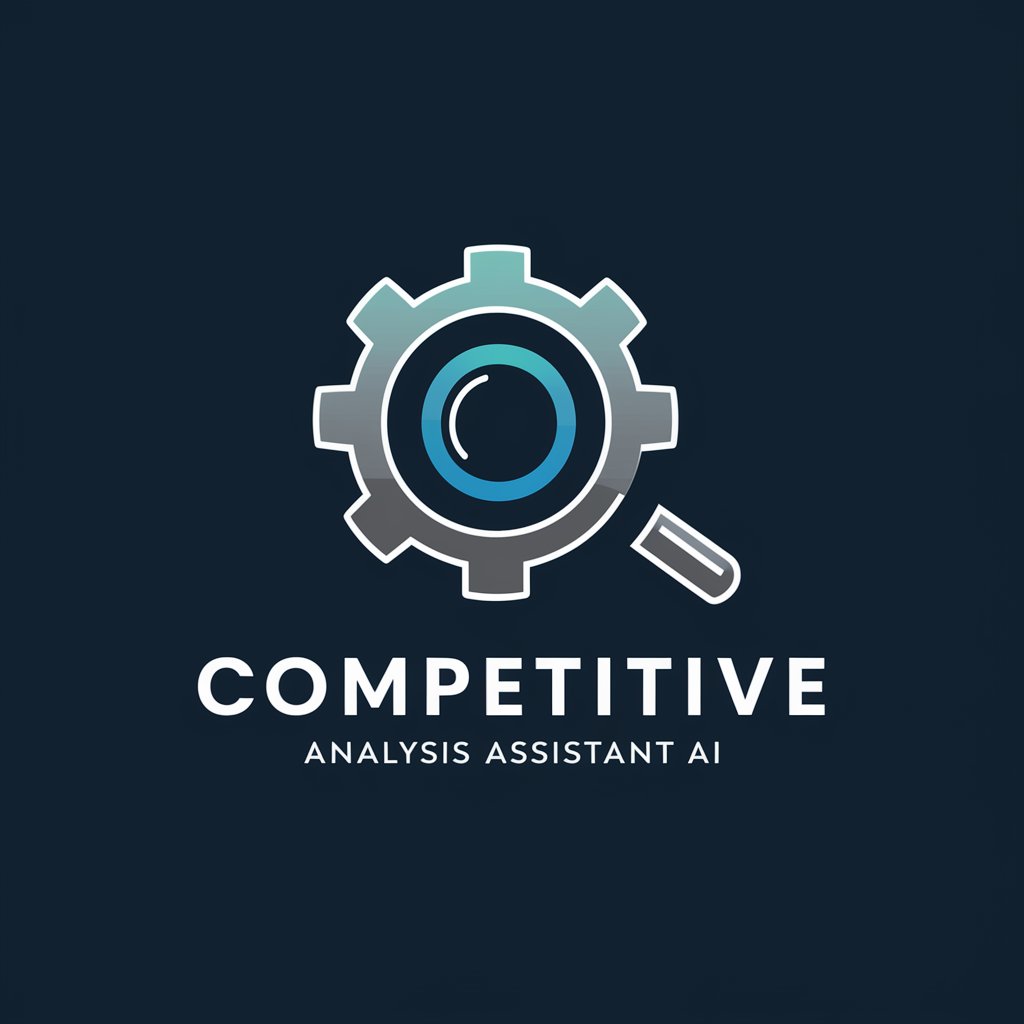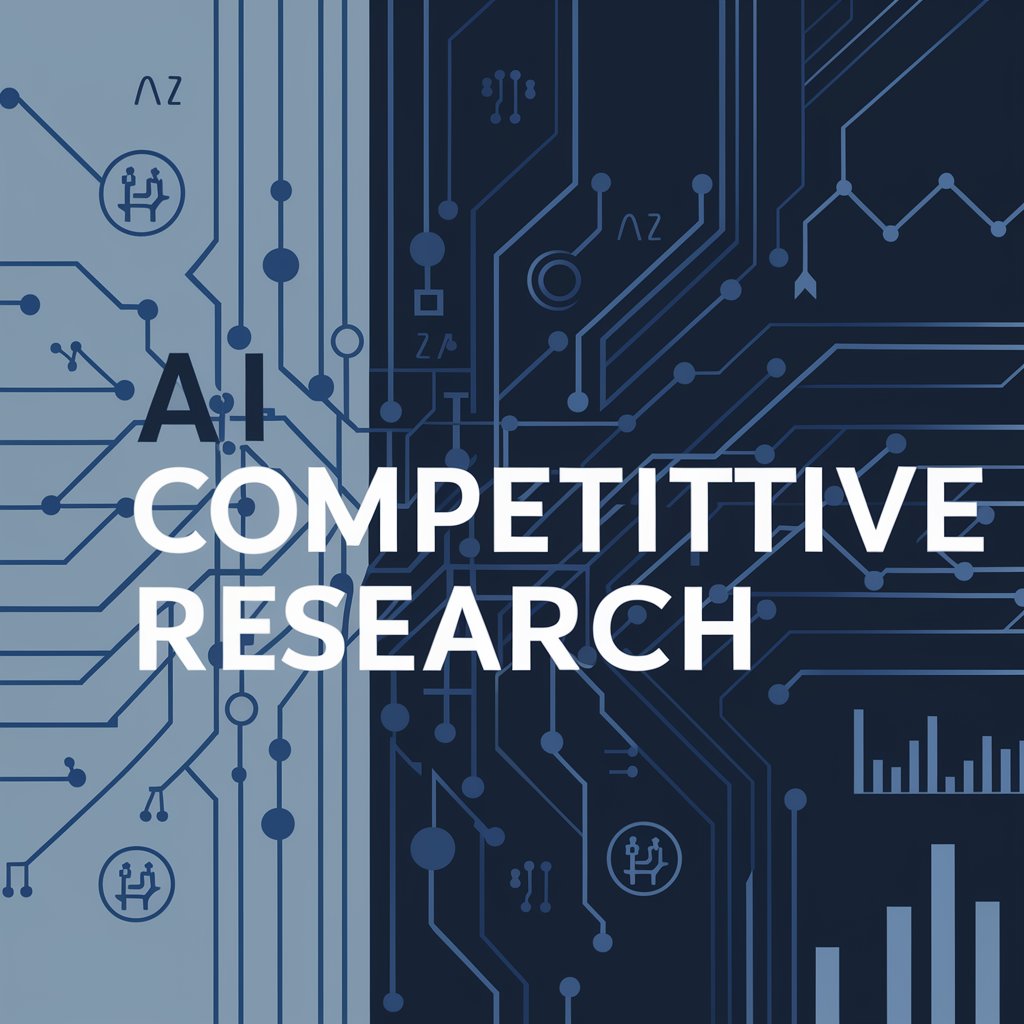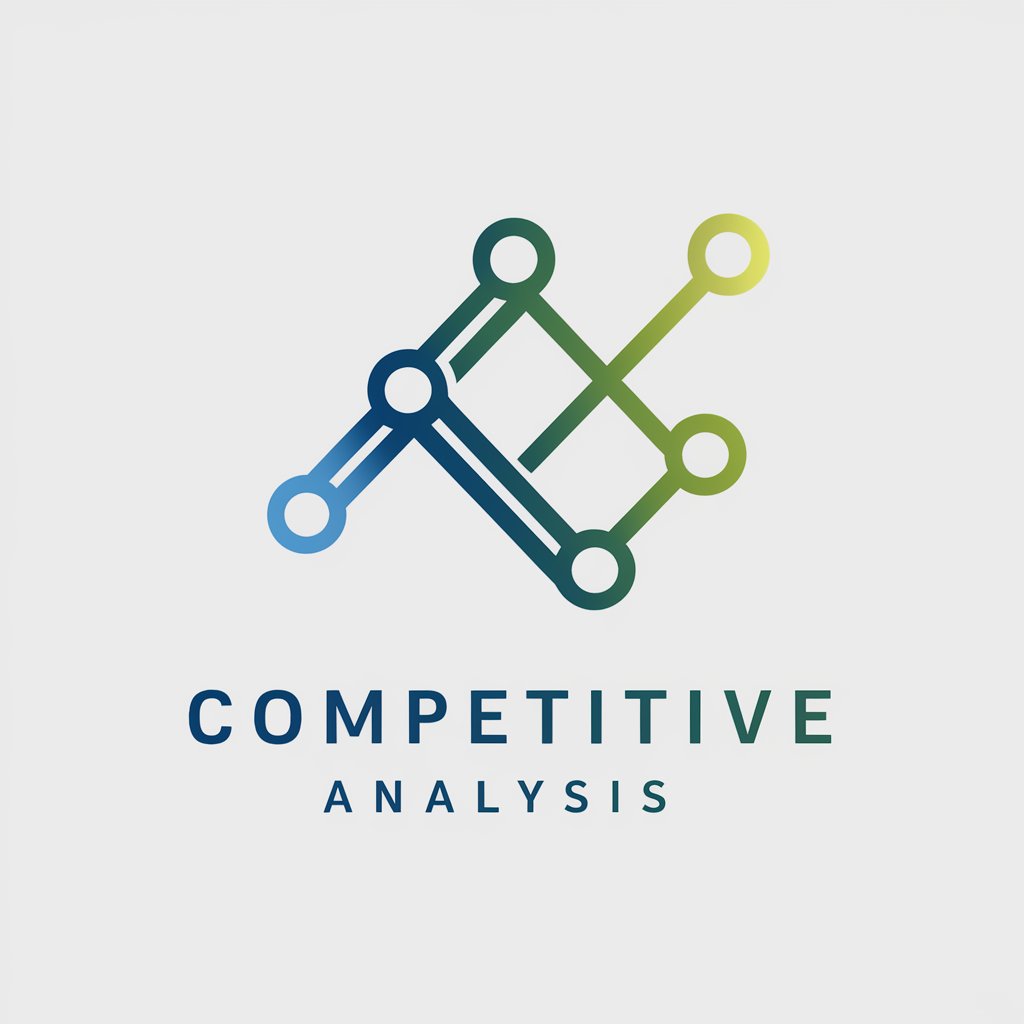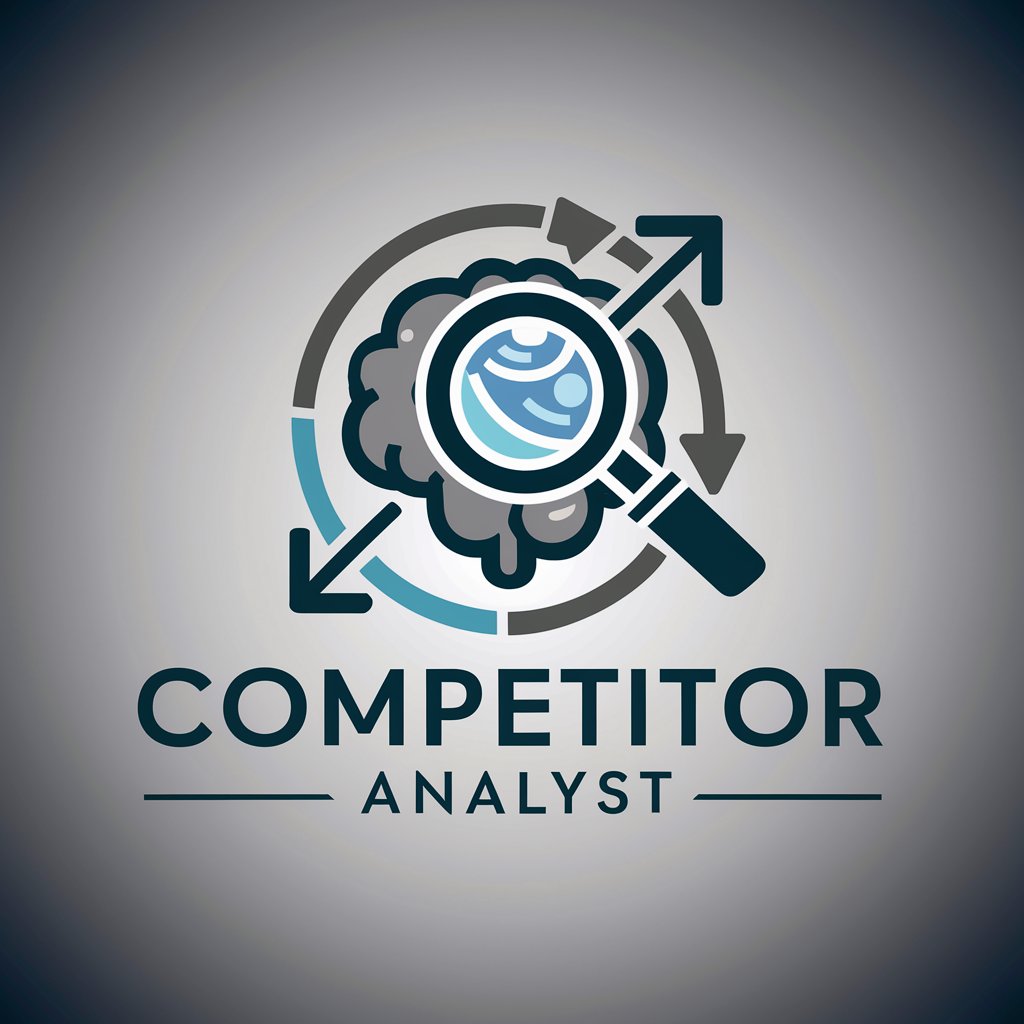
Competitive Analysis AI - Comprehensive Competitor Insight
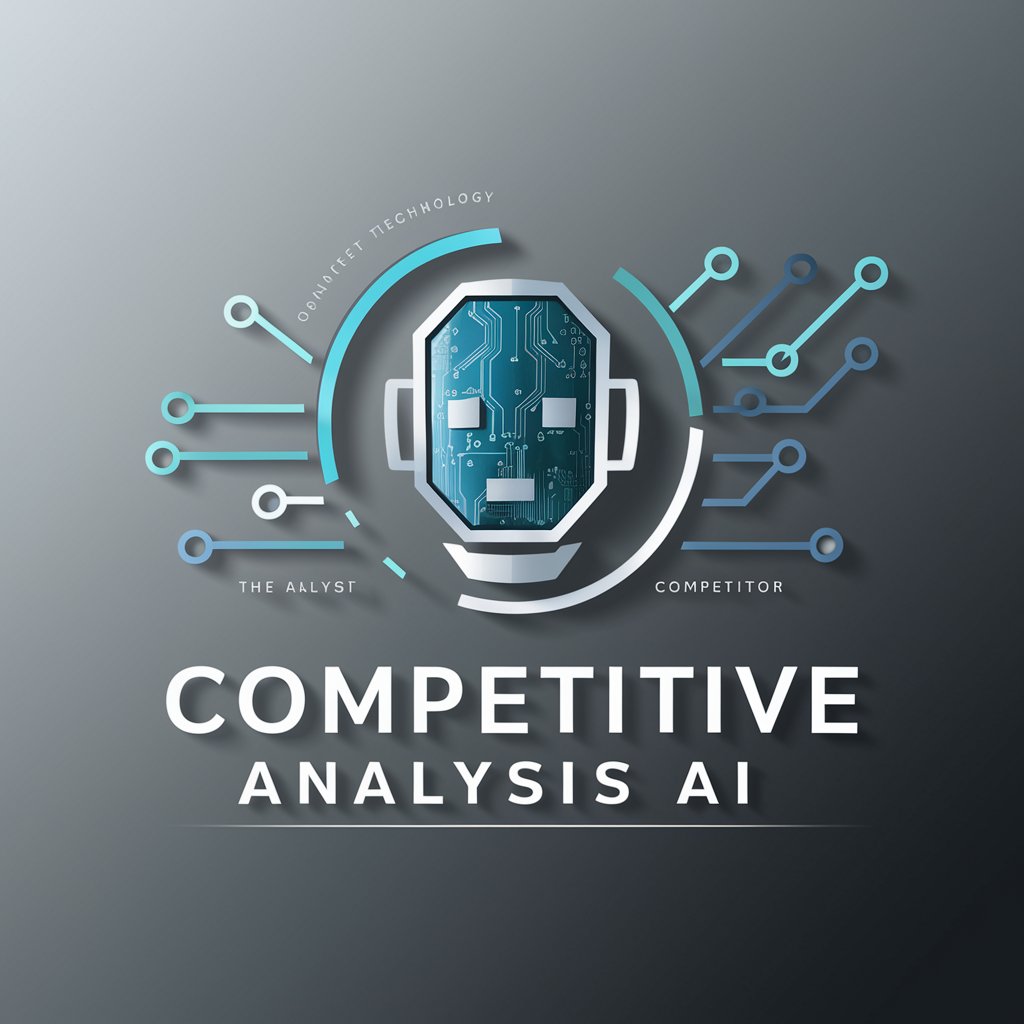
Welcome to Competitive Analysis AI.
Empowering Strategy with AI-Driven Market Insights
Analyze the market trends in
Compare the competitive strategies of
Identify key strengths and weaknesses of
Generate a comprehensive report on
Get Embed Code
Overview of Competitive Analysis AI
Competitive Analysis AI refers to advanced software systems designed to analyze and interpret data related to market competition. These systems leverage artificial intelligence (AI), including machine learning, natural language processing, and data mining, to provide insights into market trends, competitor strategies, and customer preferences. They're built to handle vast amounts of structured and unstructured data from various sources like social media, company websites, news articles, and market reports. The primary purpose is to help businesses understand their competitive landscape, identify opportunities and threats, and make informed strategic decisions. For example, a Competitive Analysis AI might analyze social media chatter to gauge public sentiment towards competitors' products, or it could use machine learning algorithms to predict market shifts based on economic indicators and consumer behavior patterns. Powered by ChatGPT-4o。

Key Functions of Competitive Analysis AI
Market Trend Analysis
Example
Identifying emerging market trends by analyzing online consumer reviews and social media data.
Scenario
A fashion retailer uses AI to spot emerging trends in customer preferences, allowing them to adapt their inventory ahead of competitors.
Competitor Strategy Assessment
Example
Evaluating competitors' marketing strategies through AI-driven analysis of their advertising campaigns and online presence.
Scenario
A tech company analyzes its rival's marketing strategies, enabling it to refine its own campaigns for better audience engagement.
Customer Sentiment Analysis
Example
Using natural language processing to interpret customer feedback and social media comments.
Scenario
A restaurant chain utilizes AI to assess customer reviews across platforms, helping them improve service and menu offerings.
Predictive Analytics
Example
Forecasting market changes and consumer behavior using data-driven models.
Scenario
An automotive company predicts future car feature preferences, guiding its R&D investments.
Competitive Benchmarking
Example
Comparing performance metrics against top competitors to identify areas for improvement.
Scenario
A software firm benchmarks its product features and customer satisfaction against industry leaders to guide its development roadmap.
Target User Groups for Competitive Analysis AI
Business Executives and Strategists
Top-level managers and strategists in businesses who require comprehensive market insights to inform strategic planning and decision-making. They benefit from AI's ability to provide a high-level overview of the competitive landscape, identify strategic opportunities, and forecast market trends.
Marketing Professionals
Marketing teams in companies of all sizes can utilize AI to understand competitor marketing strategies, consumer preferences, and market dynamics. This helps in crafting more effective marketing campaigns and brand positioning.
Product Managers and Developers
Product managers and development teams leverage AI for insights into competitor product offerings, feature benchmarking, and understanding customer needs, guiding them in developing competitive and innovative products.
Market Researchers and Analysts
Professionals in market research and analysis use AI to streamline the collection and interpretation of vast market data, enabling more efficient and accurate market reports and competitor analyses.
Investors and Financial Analysts
Investors and financial analysts use AI tools for due diligence, assessing the market position and potential of companies, and understanding sector-specific trends and risks for informed investment decisions.

Using Competitive Analysis AI: A Step-by-Step Guide
1
Visit yeschat.ai for a free trial without login, also no need for ChatGPT Plus.
2
Input industry details, key competitors, and areas of interest to initiate the analysis.
3
Review the generated report with strategic insights and competitor evaluations.
4
Utilize user feedback to refine and customize the analysis.
5
Leverage ongoing analysis for business intelligence and strategic planning.
Try other advanced and practical GPTs
Rebel Randy - AI Marketing Coach
Your AI-powered marketing sidekick

画像変換えもん(ファンタジー調)
Transforming reality into fantasy with AI

Debate AI
Elevating Debate Skills with AI Power
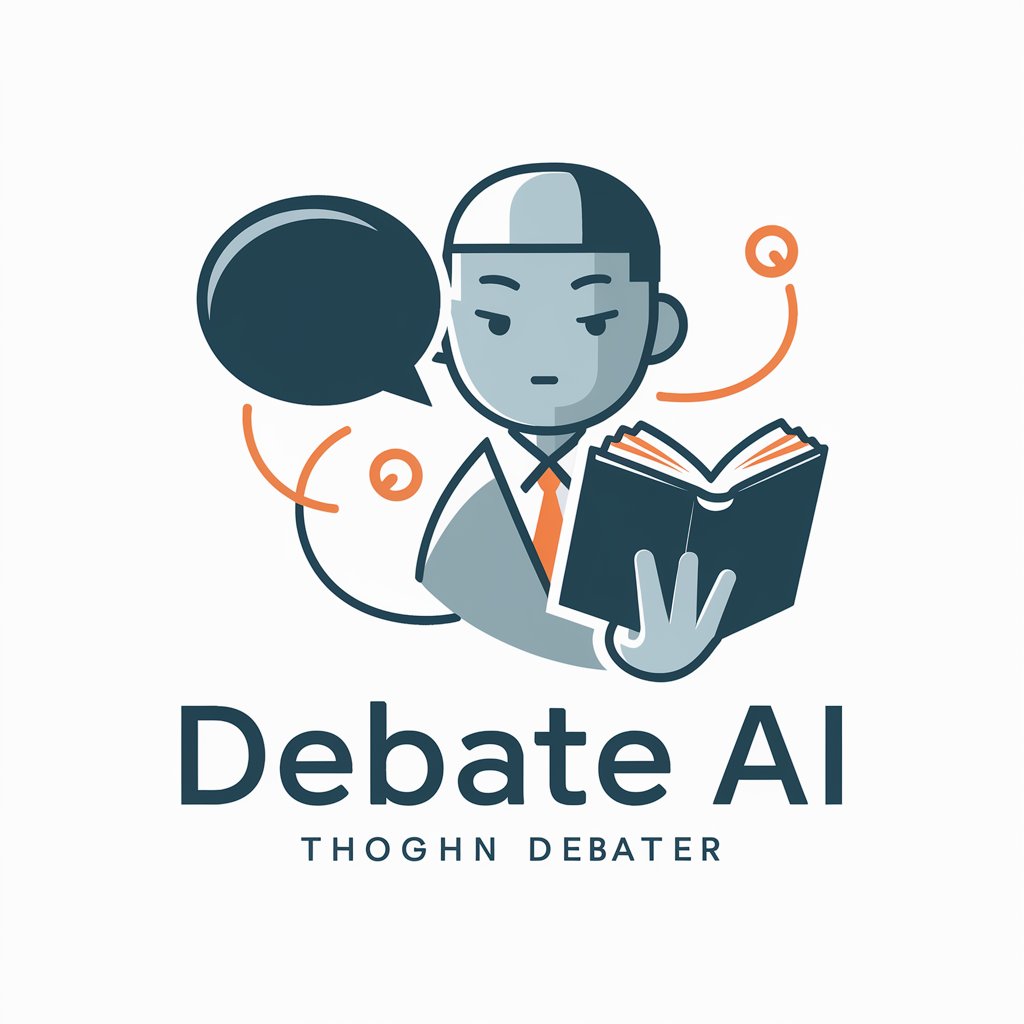
Longevity Coach
Empowering your journey to longevity with AI

Ultimate Micro Learning Tool
Empower your skills, AI-driven learning.

Expressionist
Master Expressions with AI-powered Mimicry

Homework Helper
Empowering Critical Thinking with AI
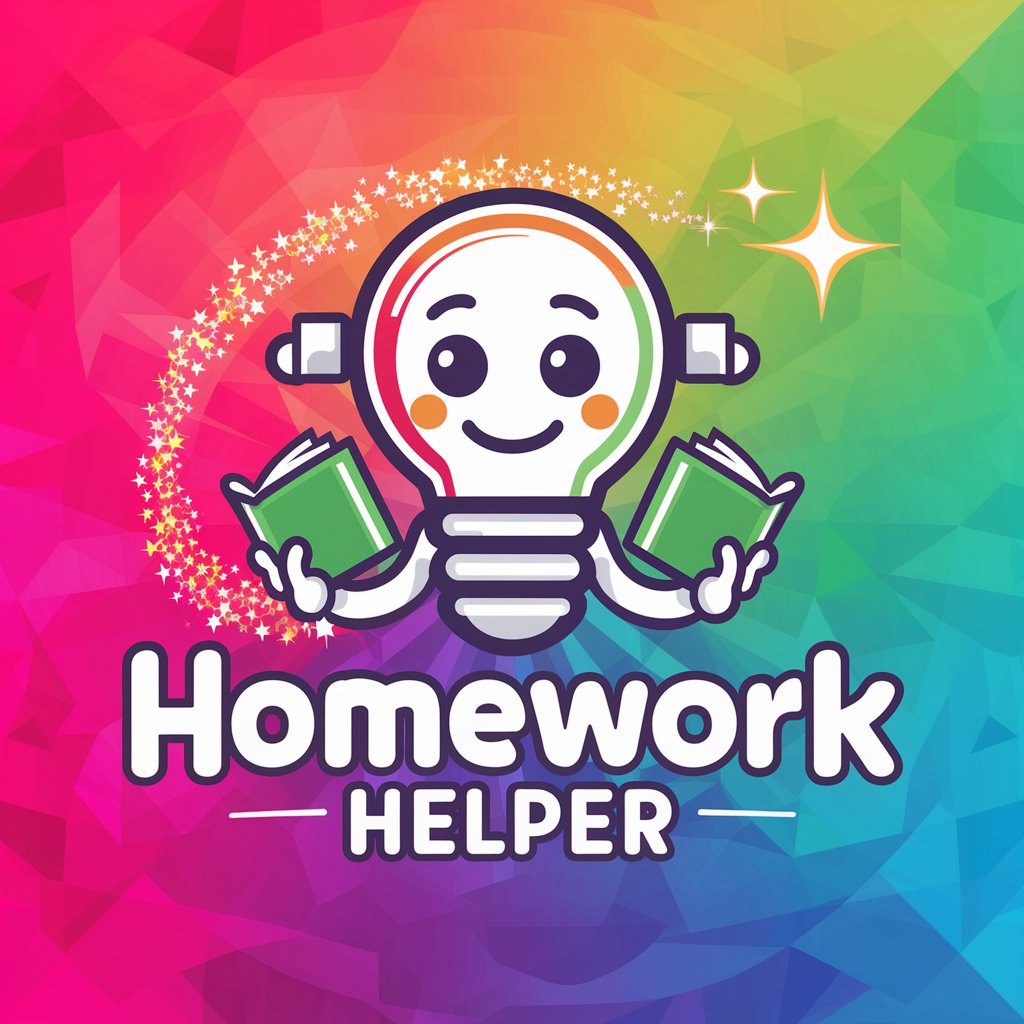
AI Wave Diver
Demystifying AI, Enhancing Creativity
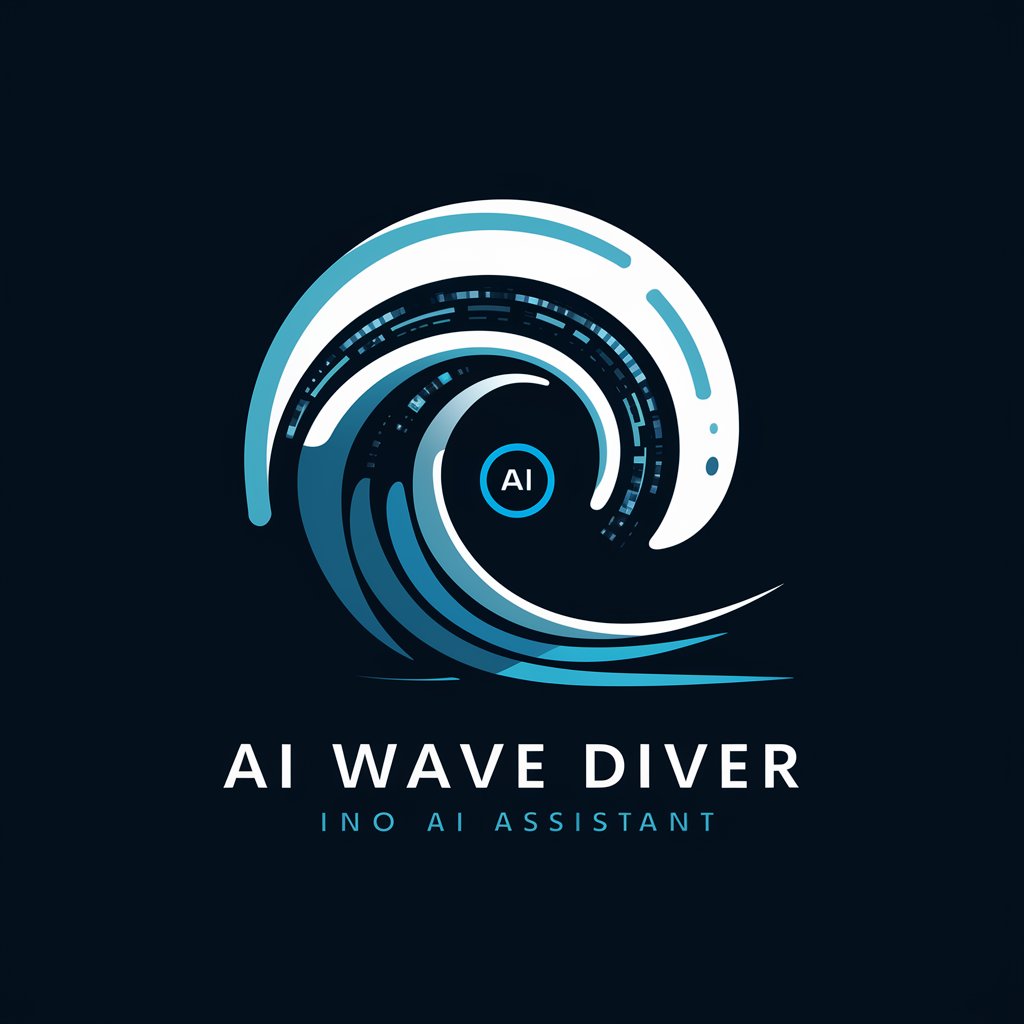
BioCodeAI
Elevate Your Code with AI-Powered Biomimicry

Java Assistant
Empowering Your Java Journey with AI

Veterans Affairs Guide
Empowering Veterans with AI-Powered Support

Sherlok
Unravel mysteries with AI-powered deduction

Frequently Asked Questions about Competitive Analysis AI
What kind of industries can Competitive Analysis AI analyze?
Competitive Analysis AI is versatile and can analyze a wide range of industries, from technology and healthcare to finance and retail.
How does this AI help in strategic planning?
The AI identifies market trends, assesses competitors' strengths and weaknesses, and offers insights for informed decision-making in strategic planning.
Can I use this tool for small business analysis?
Absolutely, this AI is scalable and can provide valuable insights for businesses of all sizes, including small and medium enterprises.
How does the AI ensure data accuracy?
The AI uses advanced algorithms and reliable data sources to ensure the accuracy and relevance of the information provided.
Is there a way to track changes in competitive dynamics over time?
Yes, the tool can be used for ongoing monitoring, allowing businesses to track and respond to changes in competitive dynamics over time.
